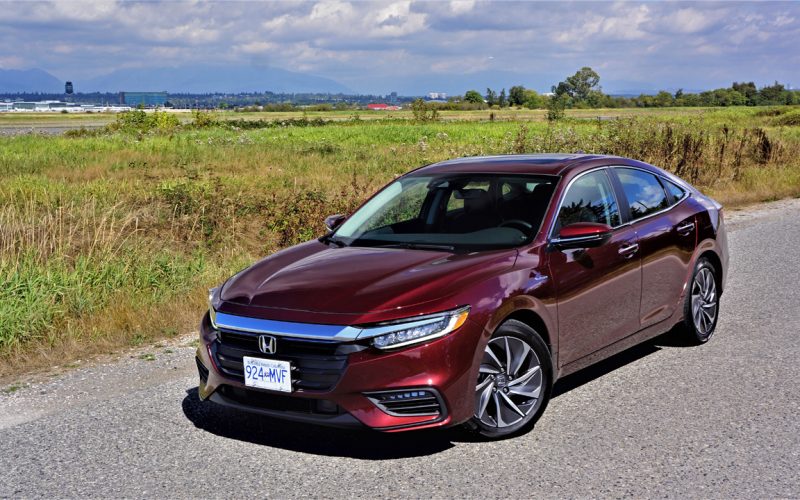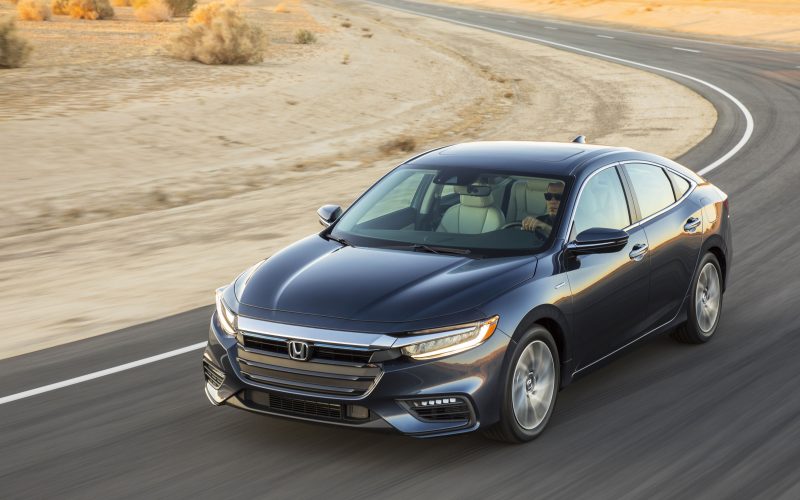
Reading Time: 15 minutesI’ve got to admit, Honda’s hybrid and full-electric strategy has long baffled the mind. Despite being

Reading Time: 8 minutesConsidering that Honda was one of the first automakers to arrive on the market with a
© 2025 The Car Magazine. All Rights Reserved, Privacy Policy | Terms of Use